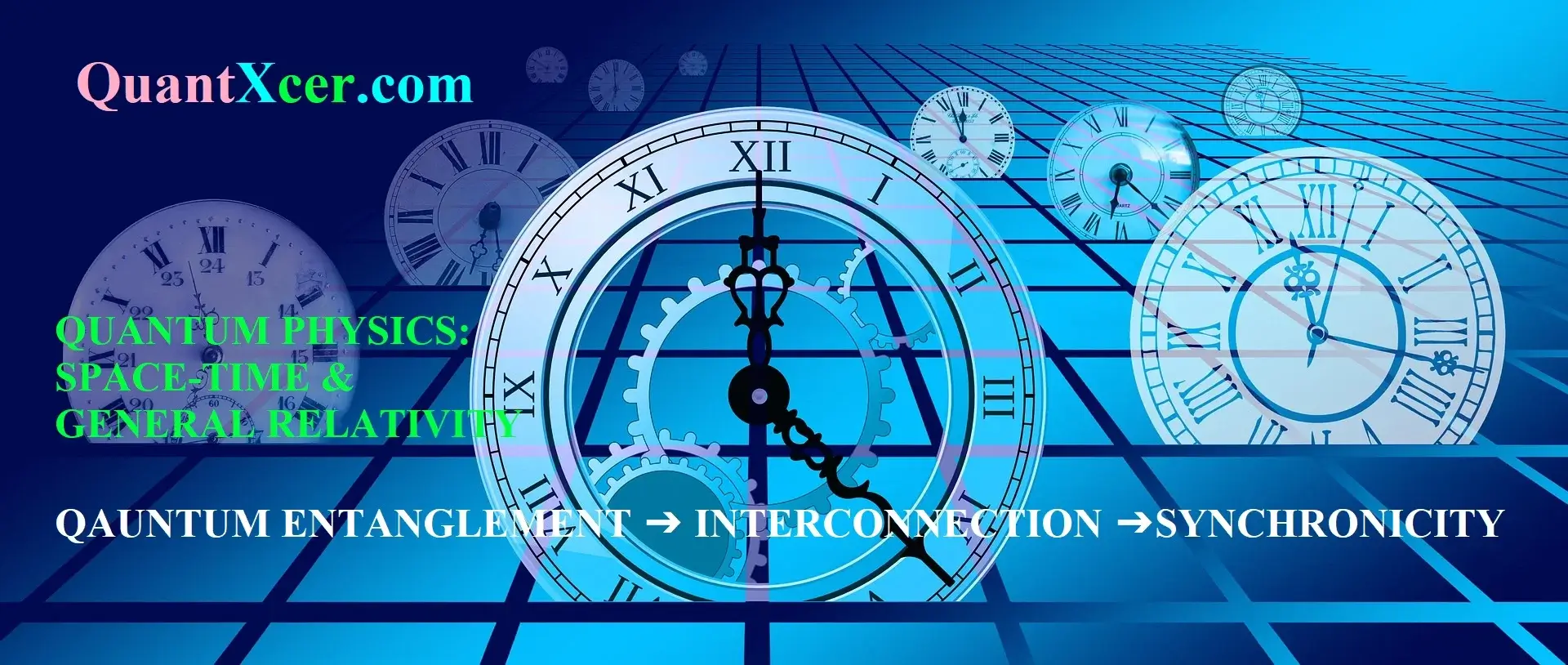NEW QUANTUM NETWORKING HARDWARE
Researchers have shown that individual atoms in a thin crystalline slab can be resolved and individually controlled using light of a precisely adjusted color. This will enable the exchange of quantum information between them in order to create extended quantum networks. The work done in this research has been featured on the cover of Science Advances.
The realization of global quantum networks, in which remote carriers of quantum information (called “qubits”) are connected by light in optical fibers, is among the most intensely pursued research goals in quantum technology. To implement such a network, one requires efficient interactions between the qubits and individual particles of light. These can be realized in a similar way as one would foster interactions between people: The idea is to confine them to a small region of space – the smaller, the better – and to force them to stay long – the longer, the better.
In the hardware used for quantum networks, this confinement is achieved by embedding the qubits into optical resonators. Previous experiments have used resonators with nanoscale dimensions to this end. While their small size strongly enhances the qubit-light interaction, the proximity of interfaces disturbs the qubits and spoils their properties, which has hindered quantum applications up to now.

This drawback is overcome in the work of Ulanowski, Merkel and Reiserer by integrating erbium atoms as qubits into a 0.02 millimeter-thin crystalline slab, which is sandwiched between two mirrors of at least 99.99% reflectivity. The mirrors trap the emitted light fields long enough to have strong interactions with the qubits. At the same time, the qubit-interface distance is large enough to avoid disturbance of the qubits. Capitalizing on these advances, it is possible now to resolve and control more than 100 qubits in the same resonator simply by tuning a laser to a matching frequency. The next step will be to connect these qubits with remote ones. This will demonstrate full quantum functionality and will establish the demonstrated experimental platform as a leading candidate for the secure connection of quantum computers in a future quantum internet.
Advancement In Quantum Networking
Quantum technology companies Qubitekk and Qunnect have successfully demonstrated the interoperability of their equipment on the EPB Quantum Network. This marks the first time hardware developed by two independent companies has supported entanglement-based quantum communication on a commercial network. The demonstration involved Qunnect’s Automatic Polarization Controller (QU-APC) and Qubitekk’s entangled photon source. The results showed Qunnect’s QU-APC maintained 99% fidelity with 99%+ channel uptime. The successful demonstration is a significant step towards the integration of diverse quantum technologies for enhanced communication capabilities.Quantum Technology Milestone: Interoperability Achievement on EPB Quantum Network
In a significant development in the quantum technology landscape, Qubitekk and Qunnect, two quantum networking hardware companies, have successfully demonstrated equipment interoperability on the EPB Quantum Network. This marks the first time hardware developed by two independent companies has supported entanglement-based quantum communication on a commercial network. The demonstration took place from December 4-6, 2023, at the EPB Quantum Network, the first commercially available quantum network in the United States.This achievement paves the way for the integration of diverse quantum technologies for enhanced communication capabilities. It also signifies a pivotal moment in the quantum technology industry, showcasing the potential for independent companies to collaborate and innovate in this rapidly evolving field.
Dual Demonstration of Polarization Control
The demonstration involved Qunnect’s commercial-grade Automatic Polarization Controller (QU-APC), previously tested on its New York-based GothamQ quantum network. The QU-APC was evaluated on the EPB Quantum Network, which combines fiber optic connectivity managed by EPB and commercially available quantum networking hardware from Qubitekk.The collaborative team of EPB, Qubitekk, and Qunnect engineers and physicists successfully validated the interoperability between Qunnect’s QU-APC and Qubitekk’s entangled photon source. This marked the first time Qunnect’s QU-APC has been tested for operation on a commercial quantum network. The teams also validated optimal performance conditions for each company’s APC.
Key Findings from the Demonstration
The demonstration revealed two key findings. Firstly, Qunnect’s QU-APC performed fast channel stabilization, maintaining 99% fidelity with 99%+ channel uptime. Secondly, in tests where the Quantum Bit Error Rate (QBER) was rapidly increased, Qunnect’s QU-APC was able to restore the system instantaneously.These results are significant as they validate the performance of Qunnect’s QU-APC and its ability to maintain high fidelity and uptime in a commercial quantum network. They also highlight the potential for quantum technology to provide robust and reliable communication solutions.
